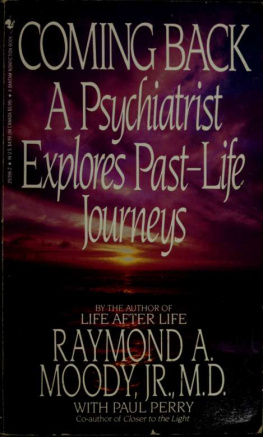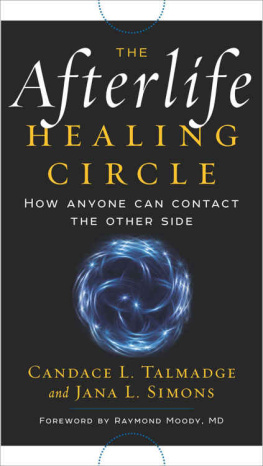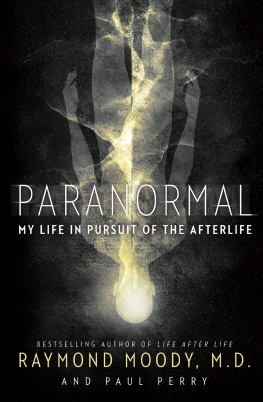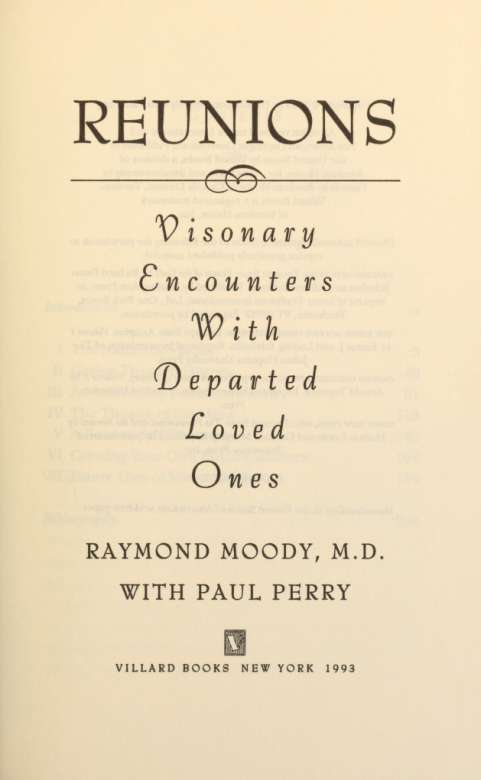
Contents
Introduction
I The Nature of Visions
II Gazing Through History
III A Modern-Day Psychomanteum
IV The Theater of the Mind
V A Road to Self-Discovery
VI Creating Your Own Psychomanteum
VII Future Uses of Mirror Gazing
Bibliography
About the Authors
Flaps
Back cover
Copyright
Introduction
One of the greatest pains to human nature is the pain of a new idea.
Walter Bagekot
The wish for reunion with loved ones lost to death is among the most poignant and insistent of human desires. The desire taunts and saddens us with a litany of what ifs and if onlys, and mournful pleas for only five minutes more.
Sometimes this wish is fulfilled in the form of visions or apparitions of the deceased, experiences reportedly quite distinct from dreams. These are waking interludes during which the living presence of the deceased person is vividly andit seemsunmistakably felt or sensed. These episodes are typically convincing, even self-certifying in that a person who undergoes them may have no doubt that the encounter was real and is consequently left with the conviction that there is indeed life beyond death.
The universal experience of apparitions has found its way into the language and folklore of cultures all over the world, from a time long before the beginning of recorded history. Even today visionary reunions with the departed are remarkably common. A number of studies published in medical journals and other scholarly sources have established that a high percentage of bereaved persons have visions of the deceased. Studies suggest that as many as 66 percent of widows experience apparitions of their departed husbands.
Widows have been selected as the subject of these investigations for the simple reason that women tend to outlive men. There are more widows, making them more accessible for study. Clinical experience reveals that apparitions of the deceased are common among other bereaved groups toochildren, parents, siblings, and friends of the deceased. For instance, as many as 75 percent of parents who lose a child to death will have some kind of apparition of that child within a year of the loss. This experience is a relief for most of the parents and will greatly reduce their grief.
A form of apparition is common among people who have near-death experiences too. They tell us that as they enter into a realm of light, they are met by the spirits of relatives and friends who have previously died. These experiences are often transformative, frequently having positive aftereffects.
If one could replicate the near-death experience and bring it about in people of good health, then it seemed possible that those powerful aftereffects could be used in grief therapy. The popular appeal of this idea is shown in the success of the Hollywood film Flatliners, in which medical students induce cardiac arrest in each other in attempts to create near-death experiences. This method of bringing back dispatches from the other side made for an interesting movie. However no one in his or her right mind would attempt such a stunt.
Still I remained interested in duplicating the near-death experience, especially that portion in which the person sees departed loved ones. Although seeing departed loved ones represented only one component of these experiences, I felt that by facilitating apparitions, I might learn about the near-death experience as a whole. Still, I didn't know how to do that.
Then one day the answer fell on meliterally.
It happened on an autumn day in 1987. I was browsing through the shelves of a used-book store in a small Georgia town. As I walked toward a section of art books in the back of the store, a book fell off the shelves and dropped at my feet.
Bending over to pick it up, I noticed that its title was Crystal Gazing. My initial sensation was one of disgust.
Mirror gazing (which is a more appropriate term for this practice) has always been associated with fraud and deceitthe Gypsy woman bilking clients or the fortuneteller who needs more money before he can clearly see the visions in the crystal ball. I would have put the book back on the shelf at that point had I not remembered a conversation I had with Dr. William Roll, a pioneer in the study of the paranormal, who said that people did indeed see visions in the clear depth of mirrors. Out of curiosity I flipped through a few pages and then began reading the first chapter. The author, Northcote Thomas, was a compulsive and serious scholar. He discussed some of the methods of mirror gazing and briefly covered elements of its psychology.
Perhaps the most interesting part of the book was the introduction from Andrew Lang, an eminent scholar. He expressed the belief that the psychological and scientific community would be appalled by anyone who dared attempt a rational examination of mirror gazing. He was quick to point out that such a reaction would be unfair, since it would keep inquisitive people from examining the mysteries of the mind. He sought to quell the fears that might arise among those in the medical and scientific profession. As he wrote:
In merely examining mirror gazing we are on the border of the realm of quackery, fraud, blind credulity, avid hopes, and superstitious fears. There is no doubt at all that, this border once crossed, even minds practised in the physical sciences often cease to be scientific or sensible.... Thus we can explain the aversion of men of science to the examination of phenomenano more offensive, really, than the dreams of the day or the night. They are phenomena of human nature, exercises of human faculty, and, as such, invite study. To shirk examination is less than courageous.
Through the book I became excited at the possibilities of mirror gazing. I had been studying some of the ways in which cultures had created and used altered states of consciousness. In the course of this work I had stumbled upon a number of accounts in which apparitions of the dead were evoked among living people. Most notable were the experiences in the Greek oracles of the dead, or psychomanteums, where people journeyed to consult with spirits of the deceased. Accounts that have survived from those remote times make it clear that people actually seemed to see and be in direct contact with the departed during those visits.
This book and the additional research made me realize that visions of departed loved ones were far more accessible than had previously been believed. I began to consider a number of questions that mirror gazing might answer:
Does this explain why so many people see ghosts? The seeing of ghosts or apparitions is an extremely common phenomenon. Some very well-done studies have shown that as many as one fourth of Americans will admit to having seen a ghost at least once, compared with one third of some Europeans.
People who experience apparitions not only see the dead, but may also hear, feel, and sometimes even smell them. All of these encounters are powerful reminders that those we love are deeply embedded in our unconscious mind. So deeply embedded in fact that it is not a great leap to think that we should not continue to communicate with them in one form or another.
Carl Sagan, the Cornell University astronomer and author, wrote about his own experience in Parade magazine: "Probably a dozen times since their deaths I've heard my mother or father, in an ordinary, conversational tone of voice, call my name. They had called my name often during my life with them. I still miss them so much that it doesn't seem strange to me that my brain occasionally will retrieve a kind of lucid recollection of their voices."

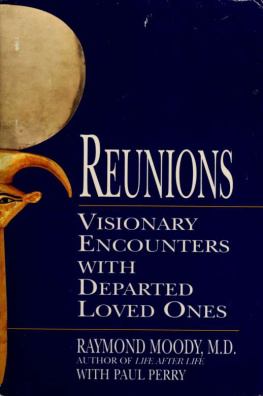
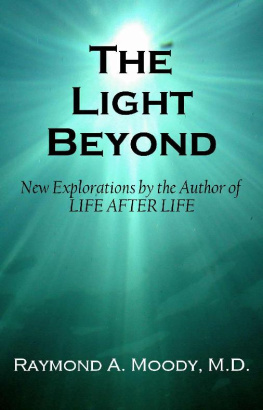
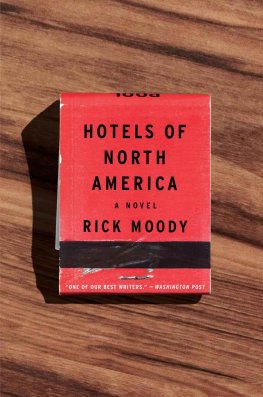
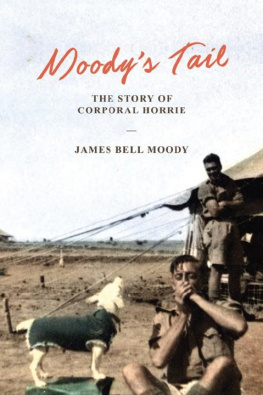
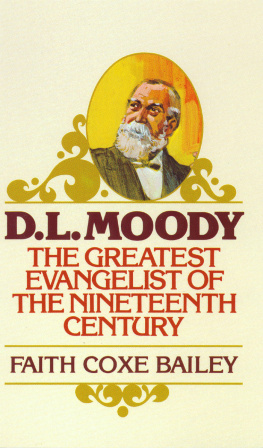
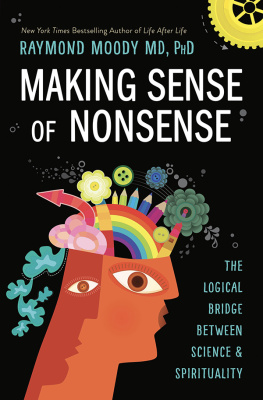
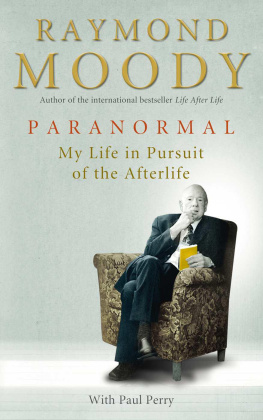
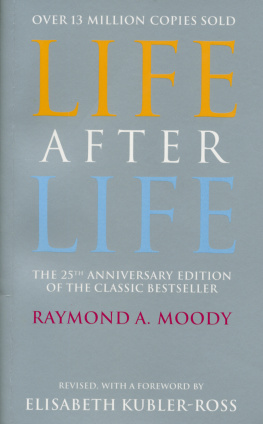
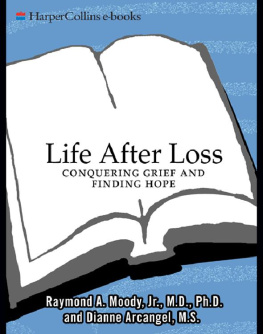
![Raymond A. Moody Jr. - Coming Back - A Psychiatrist Explores Past-Life Journeys [fixed]](/uploads/posts/book/131649/thumbs/raymond-a-moody-jr-coming-back-a-psychiatrist.jpg)
